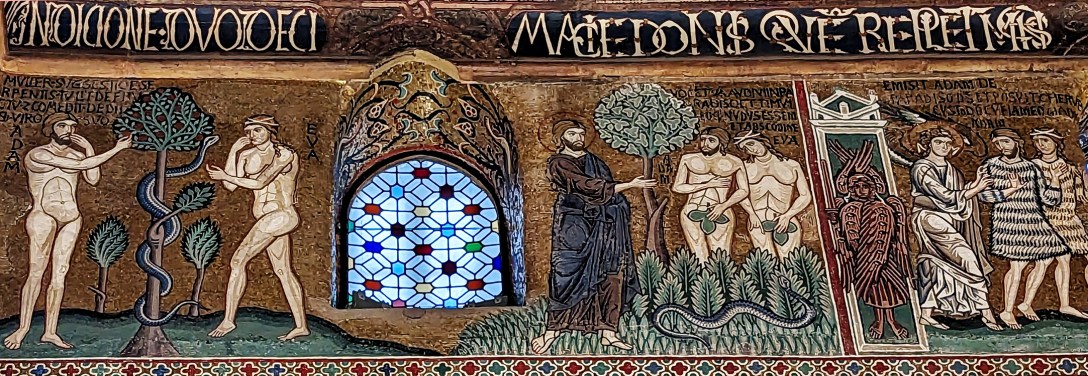
Above: “Shadows on the Shoji,” Kikukawa Eizan, 1815
The two fashionably dressed courtesans in the foreground appear to have just stepped away from a lively party and are chatting on a veranda. The drinking and flirting figures inside cast shadows against the shoji (lattice-and-paper screen doors) of the brothel behind them.”
Curatorial notes for “Shadows on the Shoji,” Blanton Museum of Art
1815. The date surprised me, due to my lack of understanding the accepted restrictive roles assigned courtesans and geishas in Japanese culture. The witty social commentary and humor contained in Edo-era (1603-1868) woodblock prints in “The Floating World: Masterpieces from the Edo Period” on display at the Blanton Museum of Art prove captivating.
Continue reading “Japanese woodblock prints at Blanton reflect ‘Floating World’ values”



